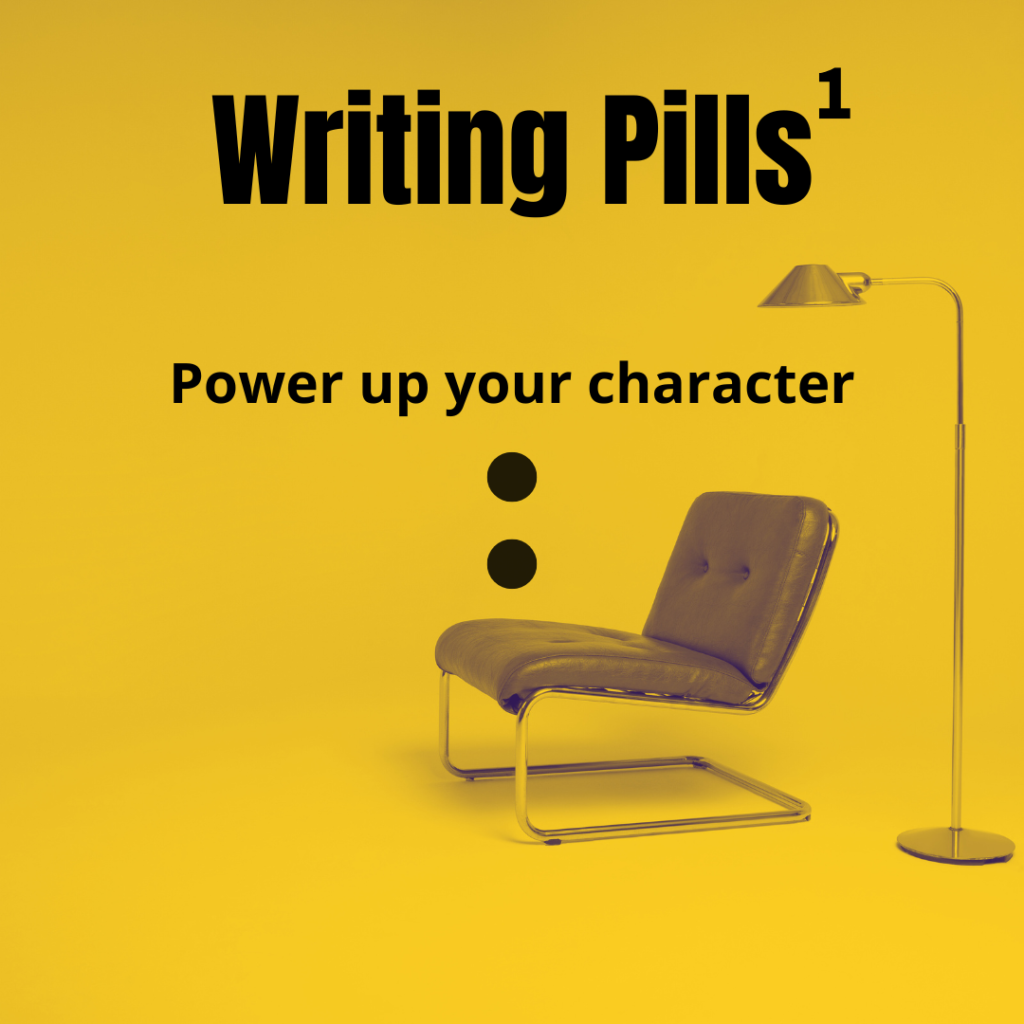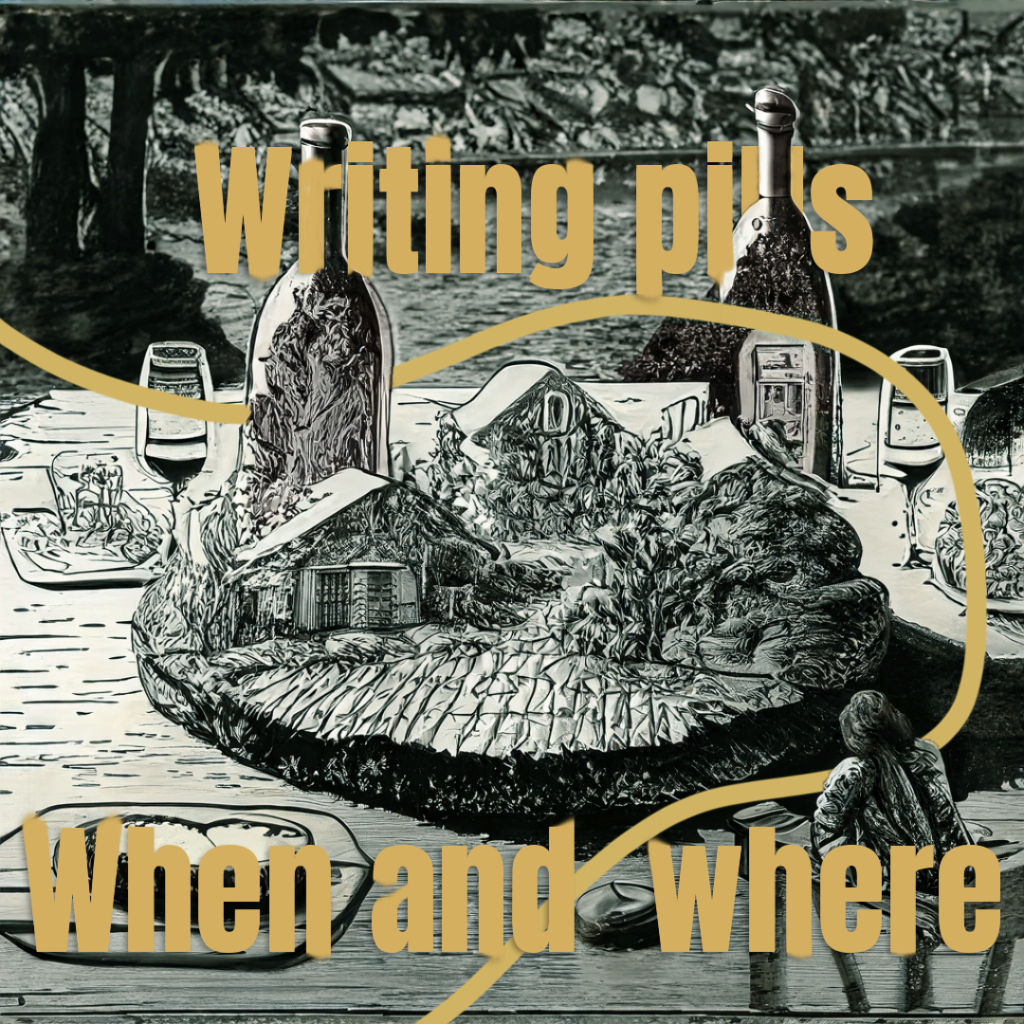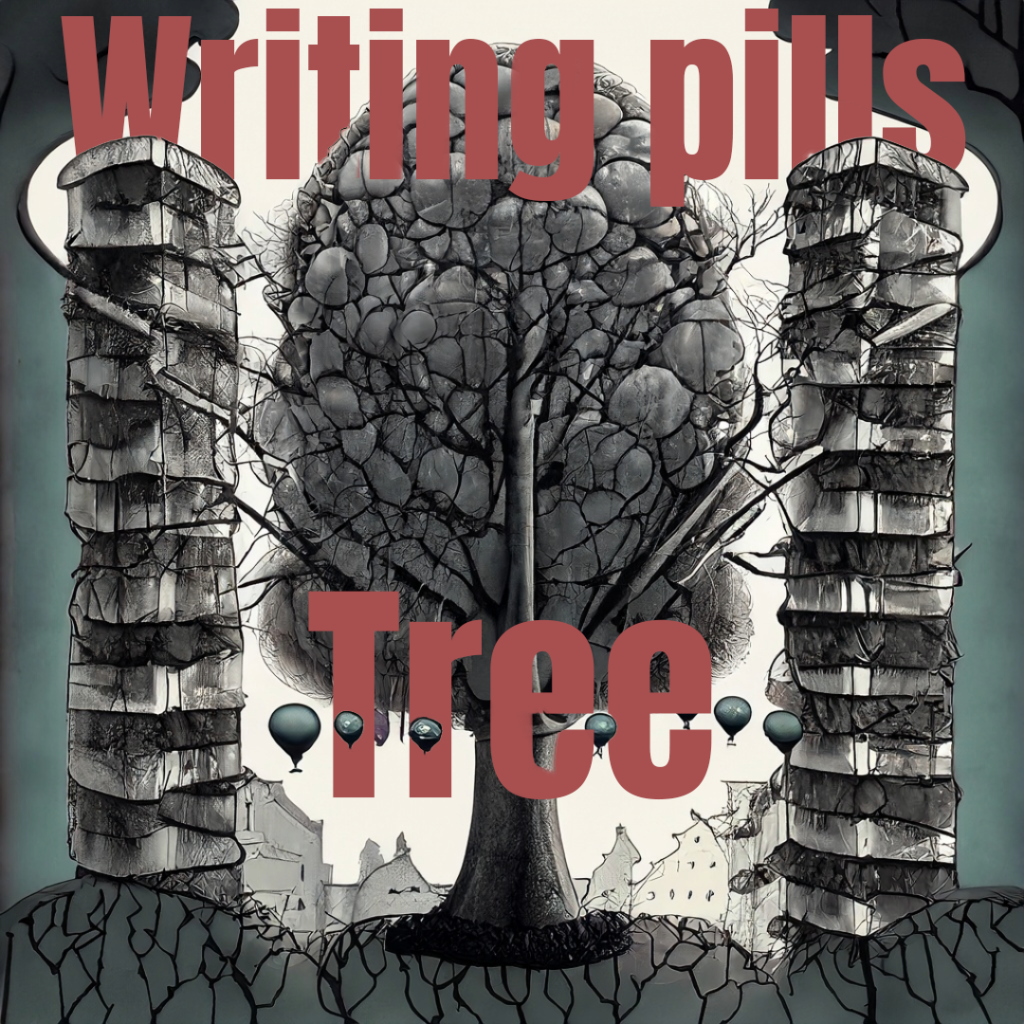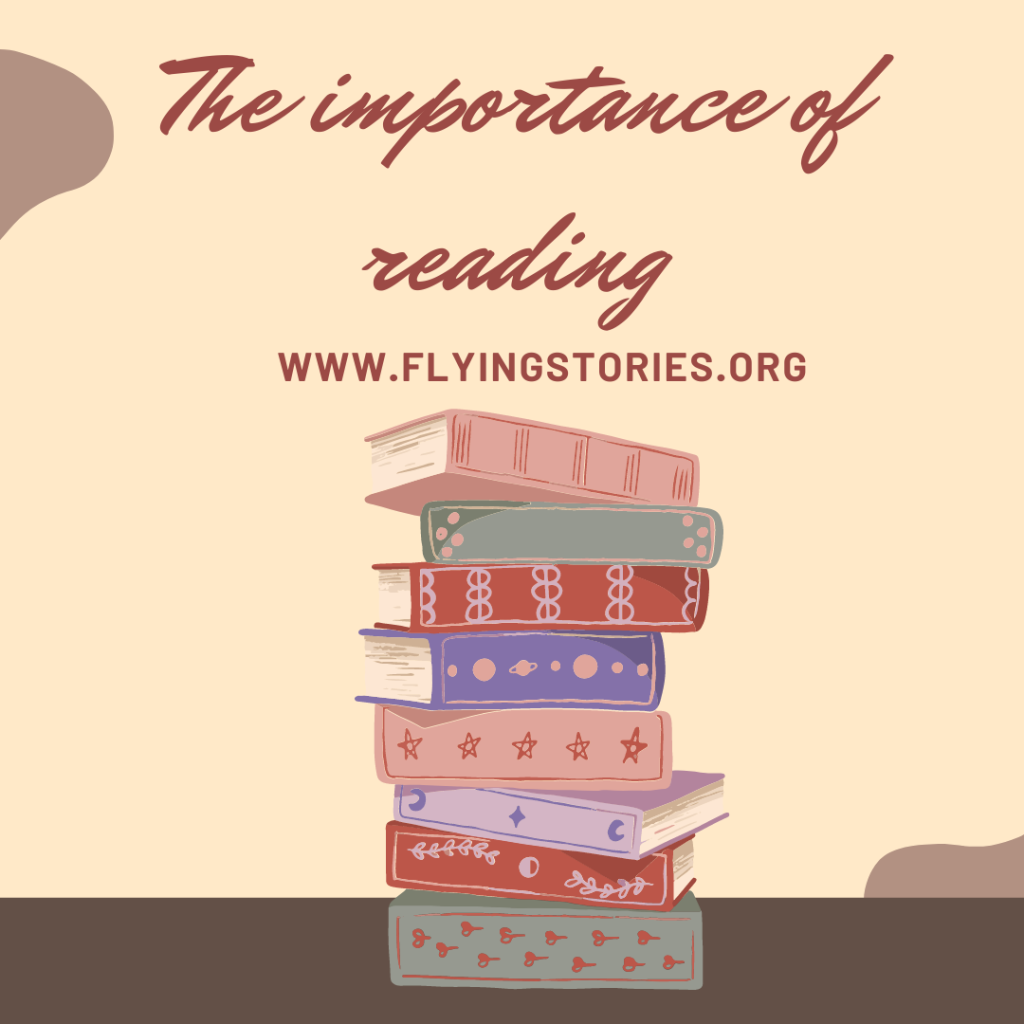Writing in pills
Please note that this platform does not offer any pills or drugs. This is important to clarify, as I discovered when I searched for “writing pills” or “pills for writers” on Google and was shown various unrelated results. If you still need help distinguishing between what is a drug and what is a Lord of the Rings character, you can always check it out here.

No pills for writers
However, I’m rambling, digressing from the topic (it happens way more often than I wanted to admit). I’d like to share with you, reader, some helpful tips for writers that I have learned and applied in my daily writing routine. Many people know about Chekov’s gun, but I want to explore the concept further. In this article, I will show you how to integrate the well-known weapon seamlessly into the story while making it an essential element.
We will write about character creation, how to shape, round, and let them work, smoke, and take the initiative. Many times, when well-written, your characters won’t need anything else. They literally write the story themselves. You know your Irish character is addicted to some kind of special pills? What about his Cuban husband, does he know anything about it? Half of the story is already done.

We will also talk about the environment as a character. The setting shapes your characters’ thoughts, actions, and food and drink choices. For example, imagine a character who struggles with alcohol addiction in Dublin suddenly finding themselves in Cuba. What if he doesn’t have anything to pay the hotel minibar bills? What if he got sun burned? And which food he’s going to have? Settings are essential and create opportunities for things to unfold.

There are tons of manuals for writers written by writers out there. So, your question could be: why make a new one? First, this one wants to be something other than a manual. Plenty of famous writers can explain way better than me and with a lot more experience in the basics of writing.
My point is that I cannot and I don’t want to compete with any of them. If possible, I want those writers to be known to as many people as possible. My aim is to understand that an Italian or English writer could have a chance to learn or revise something important. When I first started to write, I didn’t know where to start and I made so many mistakes I can write a book about it. Oh, that’s it! That could be the point. I want to write memoirs about how many mistakes I made and which solutions I’ve found to sort them out.

Plus, you must pay for your manuals, while here, you’re free to read all the stories and articles in English and Italian entirely for free!
Please find the articles below and enjoy reading!
- Create your character
- Settings, settings, settings
- At the beginning, choose your words
- Something more about settings, where and when
- Build your story as you would grow your tree
- Discover your character
- Dialogue
- Subtext
- So what?
- The 4 Ds, discover them!
- D for Desire
- D for Distance
- D for Denial

Reading is crucial because it improves the way you focus, your memory and your communication skills. Here at Flyingstories, we like to write free stories that can entertain you and help you learn Italian or English. You can change the website’s language any time you want, just by clicking on the flag. In this way, you can read stories for free in Italian and English.
Do you think you’re not ready for a long story like Go back to the future or Souls Alive? Please feel free to read our short stories in Italian and English!
This article is written by the storyteller and copywriter Daniele Frau.